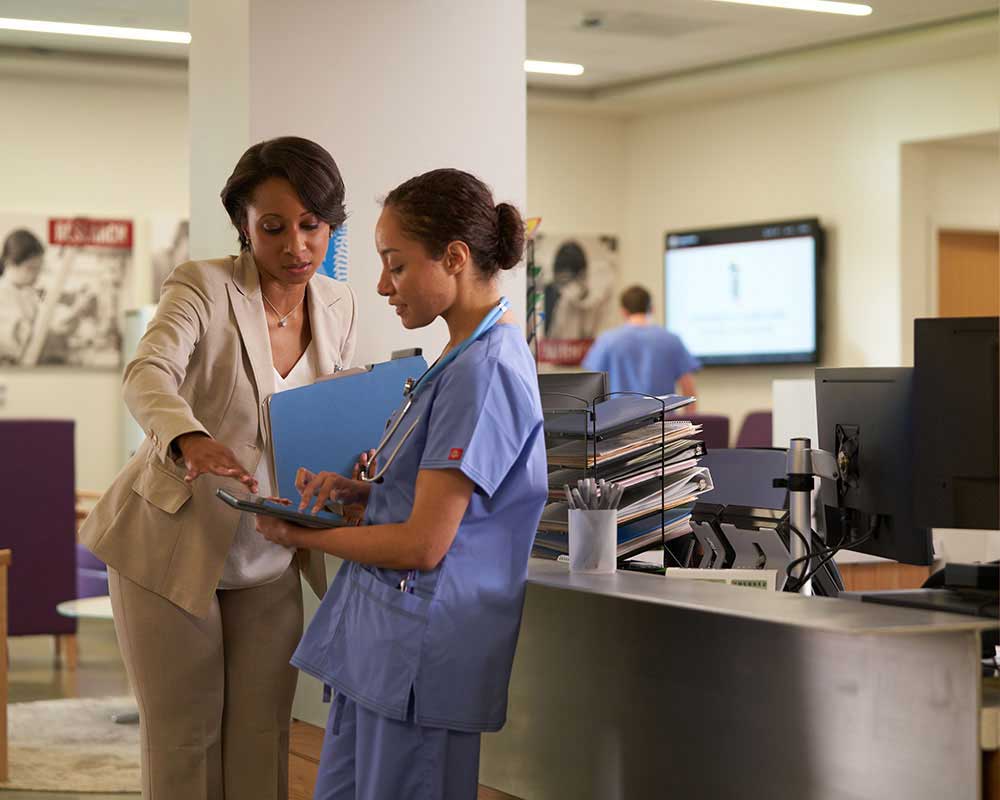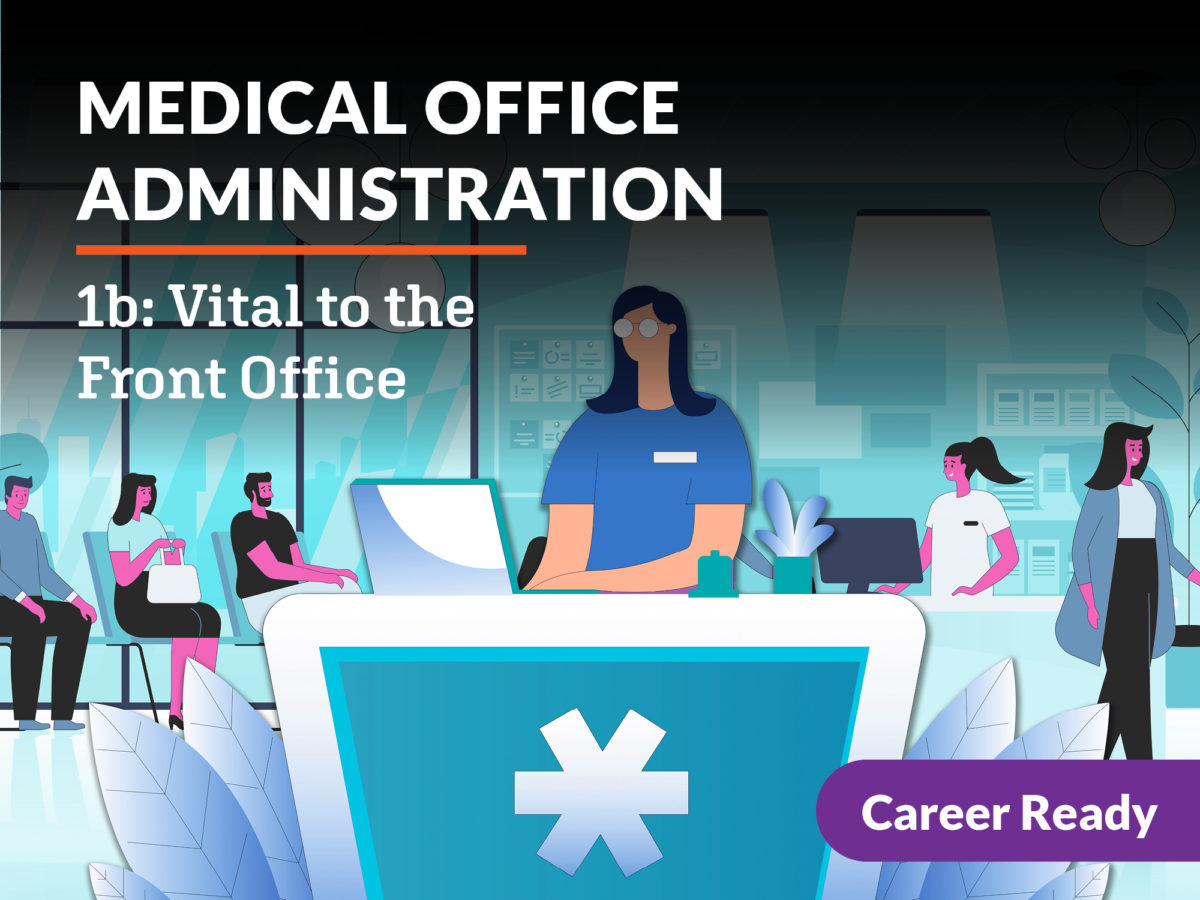Exactly How to Improve Performance in Medical Administration with Modern Equipment
Exactly How to Improve Performance in Medical Administration with Modern Equipment
Blog Article
Best Practices in Medical Administration for Improving Performance and Reducing Costs
In the ever-evolving landscape of medical care, the search of best practices in medical management is paramount for improving effectiveness and curbing expenses. By incorporating advanced modern technologies such as digital health records and telemedicine, doctor can improve operations and enhance patient care. Nevertheless, modern technology alone is not a remedy; maximizing source allotment and promoting joint communication amongst care teams are similarly crucial (medical administration). As organizations strive to balance top quality and cost, what methods should be prioritized to accomplish these dual goals? The solution to these inquiries hold the secret to a more sustainable healthcare system.
Leveraging Advanced Innovation
The integration of electronic services into healthcare systems has actually changed the way centers operate, improving procedures and enhancing person treatment. By streamlining patient info, EHRs get rid of the demand for difficult documents and help with smooth communication among medical care carriers.
Telemedicine is another technical innovation that has actually changed patient interaction. It offers comfort for both individuals and health care specialists by making it possible for remote assessments, which can decrease the demand for in-person brows through and enhance appointment organizing. Additionally, telehealth platforms can expand medical care access to rural or underserved locations, connecting gaps in treatment delivery.
Moreover, using Artificial Intelligence (AI) and maker discovering is coming to be significantly prevalent in predictive analytics, permitting for early discovery of prospective health and wellness problems and more enlightened decision-making. These technologies, when integrated properly, can boost analysis accuracy and personalize client therapy plans, inevitably bring about improved medical care end results and operational performance.
Optimizing Source Allotment
By tactically taking care of sources such as personnel, tools, and finances, medical care facilities can considerably improve their functional efficiency, enhance patient outcomes, and decrease unnecessary expenditures. The very first action in optimizing source allowance entails performing a detailed analysis of present properties and identifying areas where resources might be underutilized or exhausted.
Focusing on source appropriation based on patient requirements and service demands is necessary. Implementing versatile staffing versions can additionally maximize labor sources by changing workers appropriation in action to varying individual volumes.
Funds must be diligently kept track of and allocated with critical foresight to sustain both short-term functional needs and long-lasting institutional goals. This consists of investing in training programs that enhance staff expertises and taking on energy-efficient practices that minimize operational prices (medical administration). Inevitably, an enhanced source allotment technique cultivates a lasting healthcare environment that is receptive, reliable, and economically sensible
Streamlining Operations Processes
When healthcare centers aim to enhance operational efficiency, improving operations procedures becomes an essential emphasis. Effective operations lessen redundancy, eliminate unneeded steps, and boost control among medical care specialists. This approach not just speeds up solution delivery yet likewise enhances the top quality of person care.

Next, innovation combination plays a considerable role in simplifying operations. Implementing electronic health and wellness records (EHRs) and digital doctor order entrance (CPOE) systems lowers documentation, reduces human error, and guarantees info is available to all relevant employees. Additionally, leveraging telemedicine platforms can streamline patient assessments and follow-ups, lowering the strain on physical infrastructure.

Ultimately, streamlined operations bring about set you back decreases and enhanced person satisfaction, cultivating a much more sustainable health care setting.
Enhancing Data Administration
Structure upon streamlined operations, enhancing information management comes to be an important element beforehand medical care management. Efficient information monitoring systems are essential for preserving precise person documents, boosting decision-making, and guaranteeing compliance with governing standards. By carrying out robust information administration solutions, healthcare you could try here centers can boost the top quality of client care while simultaneously reducing operational costs.
One key element of boosting data administration is the assimilation of sophisticated digital health record (EHR) systems. These systems help with the seamless exchange of client info throughout different divisions, reducing replication of tests and lessening errors. A well-designed EHR system supports information analytics, making it possible for healthcare providers to determine fads and make educated decisions regarding individual treatment.
Additionally, securing patient data is vital. Adopting extensive cybersecurity steps, including security and normal audits, ensures the stability and discretion of delicate details. This not just secures clients but likewise maintains the organization's track record.
Purchasing team training is one more vital element. Educating healthcare professionals on information monitoring techniques boosts their ability to efficiently use modern technology, resulting in enhanced individual outcomes. Finally, improving data monitoring through sophisticated innovation and thorough training is necessary for attaining performance and expense decrease in medical management.
Fostering Collaborative Communication
A crucial component ahead of time clinical management is fostering collective interaction amongst medical care specialists. Efficient interaction is vital for making sure smooth client treatment, maximizing treatment outcomes, and reducing mistakes. By urging open discussion and sychronisation throughout multidisciplinary teams, healthcare companies can enhance their operational performance and lower unnecessary prices.
Central to this approach is the assimilation of communication modern technologies such as digital health documents (EHRs) and safe and secure messaging systems, which promote the quick exchange of vital client info. These devices make it possible for healthcare providers to accessibility and share data in genuine time, making sure that all staff member are educated and aligned in their decision-making procedures. Furthermore, routine group meetings and interdisciplinary rounds can further promote a culture of collaboration and responsibility.
Training programs concentrated on enhancing communication abilities are also essential. Ultimately, cultivating collective interaction leads to boosted medical care distribution and cost financial savings.

Final Thought
Integrating innovative click for source technology, such as digital health documents and telemedicine, alongside enhanced source allowance and structured workflow procedures, is essential for improving performance in clinical administration. Reliable data management and promoting collective communication among health care teams are crucial for minimizing redundancies and boosting care high quality. By focusing on preventive care and taking part in high quality improvement efforts, health care companies can achieve significant cost financial savings and enhanced person outcomes, thus guaranteeing lasting health care delivery in an increasingly complicated environment.
Report this page